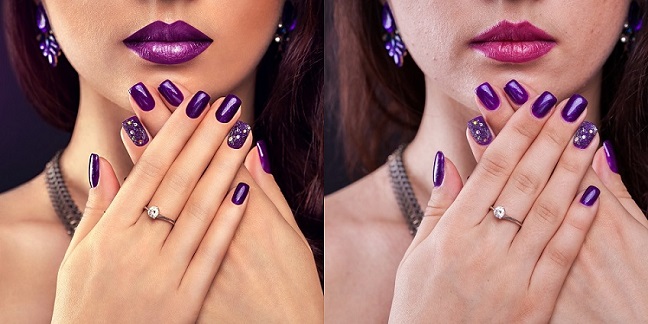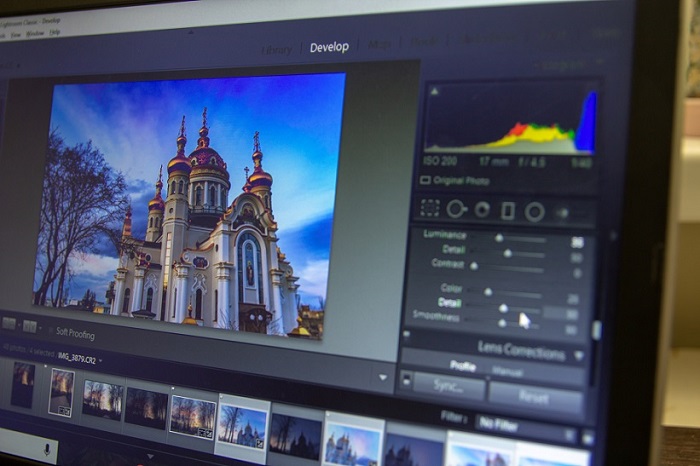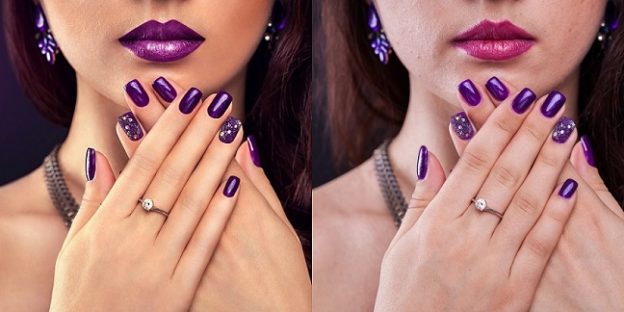Photo retouching is one of the necessary steps if you’re looking to make that picture pop. It mostly boils down to how the picture itself is taken, but photo retouching and editing is going to make it stand out.
One of the most critical differences between photo retouching and photo editing is the amount of detail. Photo editing could entail changing the whole composition, scape, or perspective of the photo, by adding or subtracting different elements; while photo retouching only requires attention to minor details.
The Importance of Photo Retouching
The importance of photo retouching rests in the details. Humans are incredibly visual creatures, and we tend to take note of minor details. While we might not realize it, small details play a huge role in our perception of a photo.
Every picture is filled with an incredible amount of information, so specific details require extensive care and attention to really pop.
How to Retouch a Photo
Retouching a photo is the last step in the photo editing process that prepares the image for its final presentation.
Photo editing in itself is an extremely complex process but truly depends on the source photo and what you want to do with it. It can be completely transformative, or virtually unnoticeable.
When it comes down to photo retouching, the process is far more straightforward. To make the final part of image editing easier to comprehend, we’ve decided to split it up into several steps.

Fully Understand Your Photo
There are many different types of photos, and just as many ways to analyze them. The composition of your image is going to give you a far better idea of what needs to be done.
Final Color Correction
Whatever your photo might be, it will always need some color correction. Images can sometimes look even better than the thing you’re shooting looks like in real life, and color correction is one of the best steps to achieve this.
In the previous steps in the editing process, the color has likely been changed numerous times. These last color corrections are mostly done to make the image pop before the final retouching process. Just have in mind that image editing color correction is different from retouching color correction.
When you’re retouching a photo, your work is going to be final, so make sure to find the color correction scheme that works with your image.
Final Sharpness, Contrast, and Brightness
Just like the color correction, your final image editing step should include some sharpness, contrast, and brightness adjustments. Try to find a formula that works, and don’t be afraid to attempt this process over and over again until you get it right.
Spot Healing
Spot healing is one of the best tools in the image editing process. It allows you to edit any minute details that you don’t like. Spot healing your pictures is going to make them more uniform, and remedy any issues that were missed in the editing process. And no matter how good you are, there will always be some minor issues to improve upon.
For example, if you’re editing a photograph from a car show, or a car in general, you want to hide any paint imperfections that you might come across. That includes all blemishes, scratches, and paint fade. Moreover, this works with pictures of people, nature, animals, and anything else.
When it comes to spot healing, you want to make the image look as “natural” as possible. Make it as uniform as you can, while retaining some details that make it look like a quick candid shot. Spot healing too much can make an image look fake, and that’s not what you want.

Final Adjustments, Atmosphere, and Grain
Final adjustments such as atmosphere and grain, alongside any last-minute additions, are going to ensure that your picture pops. That is a tricky thing, though, as an artist will never be completely satisfied with his artwork.
It’s essential to leave the most straightforward steps for last, as that will constrict you and prevent you from completely overdoing your photo. Remember, perfection is a very subjective thing, especially in photo retouching.
Exporting and Comparison
You want to export your picture to a couple of different formats, and a couple of sizes, to see how it fares on different devices and subsequent platforms. When you’re completely done with your image editing and photo retouching process, you want to compare your final product to the image you started with.
It will tell you if you’ve “overworked” your photo, or if it’s just as perfect as you imagined it. If you’re unhappy with how this two fare against one another, make sure to repeat this process until you’re delighted.

The Role of Technology in Art
Art is a very subjective thing, as true beauty lies in the eye of the beholder, and technology has revolutionized how we view art and how we create it. In fact, several new artistic fields would be unimaginable with the latest tools and gadgets.
With CAD (Computer-Assisted Design) software gaining much more traction, computer-assisted art creation seems to be the future of design. Photo retouching has been an integral part of the photo editing process and has been automated to an extent.
CAD software can help point out things in your image that need retouching. Employing the use of filters, automatic correction, and automatic retouching also makes the process far quicker, more comfortable, and more accessible.
In Conclusion
The science and art of photo retouching is changing the way we create images, and we can expect to see some exciting new technologies being used in the future. There has been a big emphasis on automation in recent years, and even the more artistic processes like photo retouching are being affected by it. Be prepared to adapt to, or reach out to the pros who’ve already mastered the latest tech if you want your images to shine genuinely.

